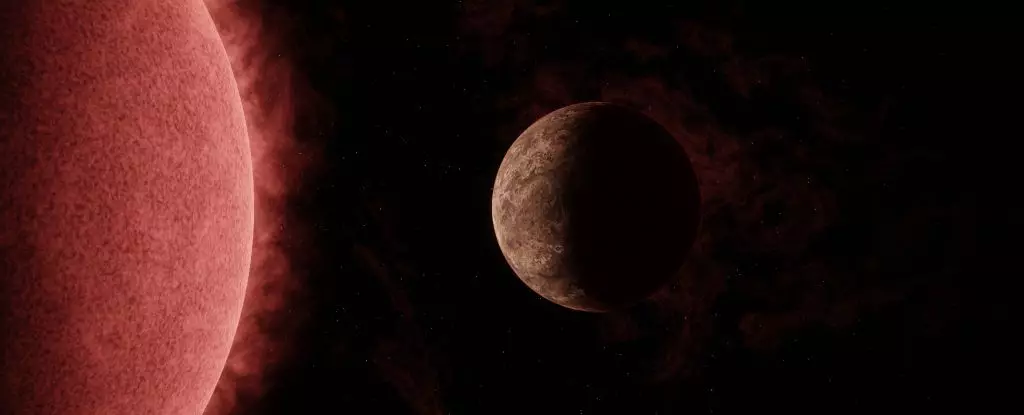Stars are a fascinating subject of study due to their variety in size, brightness, and longevity. Among them are ultracool dwarfs, small and dim stars that present unique challenges for astronomers. Recently, a team of researchers discovered an Earth-sized exoplanet in orbit around an ultracool dwarf named SPECULOOS-3, located just 55 light-years away from our Sun.
Characteristics of SPECULOOS-3b
The exoplanet, known as SPECULOOS-3b, is similar in size to Earth but differs significantly in its orbit. One year on SPECULOOS-3b lasts only 17 hours, resulting in a constant cycle of days and nights. It is believed that the planet is tidally locked, meaning that one side always faces the star, leading to perpetual daylight on one side and eternal darkness on the other.
Ultracool dwarfs, although abundant in the Milky Way, pose difficulties for researchers due to their small size, low temperature, and faint appearance. The SPECULOOS project was established to address these challenges by utilizing a network of telescopes to hunt for Earth-like exoplanets orbiting these tiny stars. SPECULOOS-3b was discovered using the transit method, which involves observing slight dips in the star’s brightness as the exoplanet passes in front of it.
Potential Habitability of SPECULOOS-3b
Despite its Earth-like size, SPECULOOS-3b is unlikely to be habitable due to its close proximity to its host star and the intense radiation it receives. The star itself is relatively small, cool, and dim, but still emits significant radiation that bathes the exoplanet. This radiation, combined with the lack of a substantial atmosphere, suggests that SPECULOOS-3b is most likely a barren rocky world.
The absence of an atmosphere on SPECULOOS-3b could provide valuable insights into the behavior of ultracool dwarf stars and their potential habitable planets. This information could deepen our understanding of planetary formation and evolution in extreme environments. Additionally, studying worlds like SPECULOOS-3b may pave the way for more detailed investigations using advanced technologies like the James Webb Space Telescope (JWST).
Other star systems, such as TRAPPIST-1, have been found to host exoplanets, some of which are considered potentially habitable. These discoveries, along with SPECULOOS-3b, demonstrate the capabilities of telescope networks in uncovering new worlds. As researchers continue their exploration of ultracool dwarfs and their planets, the hope is to further enhance our knowledge of these unique celestial bodies and their implications for astrobiology and planetary science.


Leave a Reply